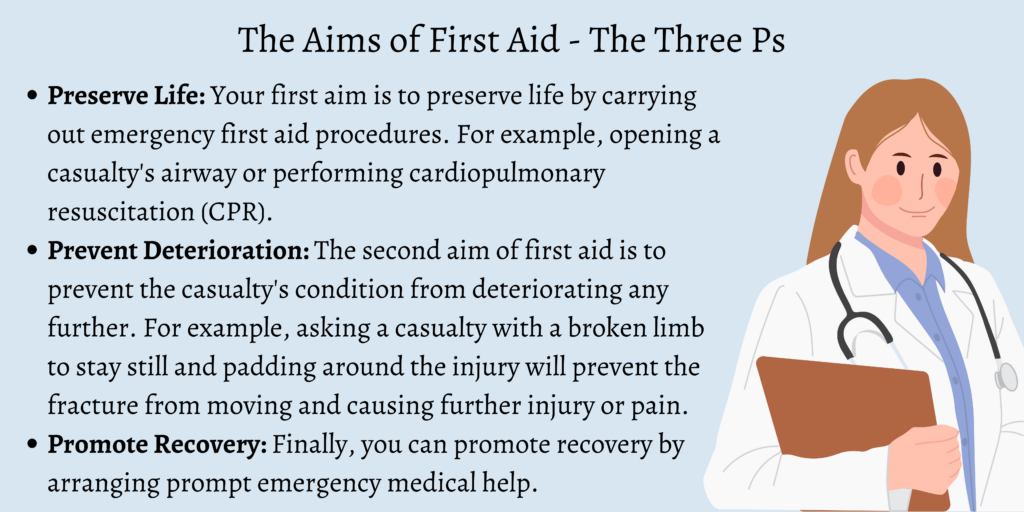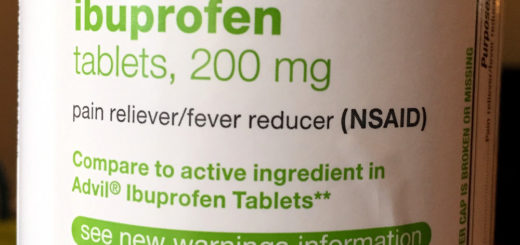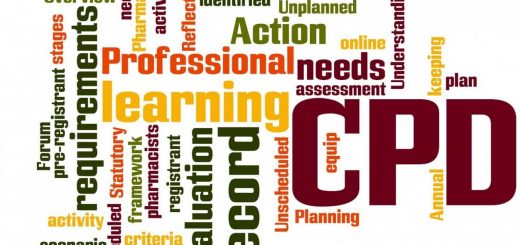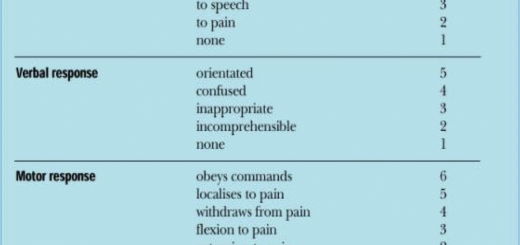The Aims of First Aid – The Three Ps
Whether you’re addressing an injury or performing CPR, the central aim of first aid is to save the life of the patient. This is why it’s integral to know about the three Ps of first aid training.
By educating yourself about the aims of first aid, you can determine what to do as a first responder in emergency situations.
When it comes to first aid, the acronym of PPP stands for:
- Preserve Life
- Prevent Deterioration
- Promote Recovery
In this article, we will be elaborating on what each of the Ps stands for, and how they can be helpful for first aiders and casualties.
Preserve Life
Your first aim is to preserve life by carrying out emergency first aid procedures. For example, opening a casualty’s airway or performing cardiopulmonary resuscitation (CPR).
Preserving life should always be the overall aim of all first aiders. Remember though, this includes your own life! You should never put yourself or others in danger.
This is why the first stage in assessing a casualty (think DRABC) is to conduct a risk assessment and check for any dangers to yourself or bystanders.
If a situation is too dangerous to approach, you should stay back and call for professional help.
Here are some do’s and don’t in the preserve life step of first aid.
Do’s:
- Do check the quality of the patient’s circulation.
- Do make sure the patient has an airway.
- Do ensure that the casualty is breathing.
Don’ts:
- Do not forget to assess the area for any possible dangers.
- Don’t forget to protect yourself first.
Prevent Deterioration
The second aim of first aid is to prevent the casualty’s condition from deteriorating any further. For example, asking a casualty with a broken limb to stay still and padding around the injury will prevent the fracture from moving and causing further injury or pain.
In addition, this aim includes preventing further injuries. You should attempt to make the area as safe as possible and removing any dangers.
If removing danger is not possible you should attempt to remove the patient from the danger or call for specialist help.
Here are some do’s and don’t in the preventive deterioration process of first aid.
Do’s:
- Do give some sugar to a diabetic patient in case their glucose levels drop.
- Do whatever you can to stop any kind of bleeding.
- Do monitor a seizure victim constantly.
Don’ts:
- Do not forget to immobilize a fractured leg or arm to prevent further injury.
Don’t forget to disinfect and wear gloves while washing a wound.
Promote Recovery
Finally, you can promote recovery by arranging prompt emergency medical help. In addition, simple first aid can significantly affect the long-term recovery of an injury. For example, quickly cooling a burn will reduce the risk of long-term scarring and will encourage early healing.
Here are some do’s and don’t in the promote recovery process of first aid.
Do’s:
- Do try to make the patient more comfortable by providing support to their limbs or head.
- Do attempt to keep a victim’s body cool by giving them water or providing them shade during extremely hot days.
- Do keep the casualty warm if they’re being treated for shock or if they are in a cold atmosphere.
Don’ts:
- Do not give any medicines to the patient unless an EMT arrives.
- Don’t touch or move anything that could be used as evidence if there is a crime involved.
Conclusion
Brushing up on your knowledge of the three Ps of first aid helps you remember your main responsibilities as a first aider. Just implement everything you can from the training provided to you and wait for the emergency medical services to arrive.
Until then, do everything you can to keep the patient safe, calm, and as comfortable as possible.
Want to start learning first aid? Take a look at our free online first aid courses or have a go at one of our first aid quizzes.







The three Ps have been part of first aid training for as long as i have delivered training, 1996. But still as relevant today as then.
This is such a vital thing for everyone to keep in mind and it’s always been a good base to begin any first aid training.
I think the “Prevent” part is the one where most untrained people end up making a mistake … i.e. moving an accident casualty who shouldn’t be moved… so much damage can be done not remembering that.
prevent deterioration can also mean prevent further injury. This can be to the victim, others but also yourself. An example would be a car accident with electrical wires. The prevent part would be to warn others not to go near the vehicle while live wires are on the scene. This is also part of the DRSABCD Danger. Checking for Danger firstly to yourself, to others and the patient. Preventing further injury.
Hi Chanjan, thats a great point. Preventing further injury is definitely an important part of a first aiders role. Thank you for your comment!
Kind regards,
John
Everything about First Aid and CPR are the most essential. during a dramatic emergency. I’ve also performed the Herlich maneuver Three times. The first time my infant son pulled my pendant from my neck and swallowed it . He started choking; I looked down and seen the missing part and immediately turned him over and performed the procedure and it popped right out. I also performed it on an older gentleman who was choking. on a piece of steak in a restaurant.
First aid is important